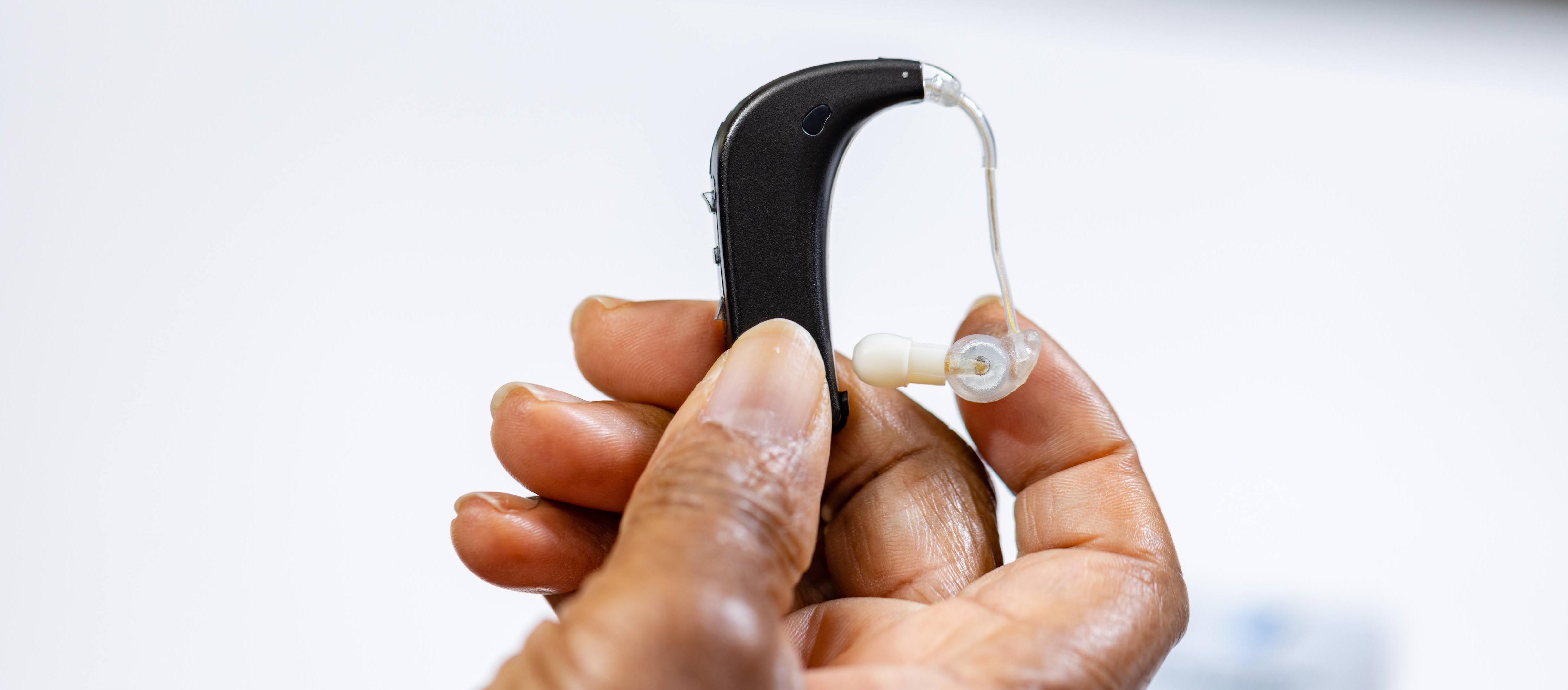We are working toward a future where broad technology choices exist for hearing, and effective hearing is incorporated into all aspects of life through the universal design of technologies.
Historically, markets for hearing devices have not been well segmented, with hearing aids primarily marketed to people 70+. But with headphones/wearables, OTC hearing aids, Bluetooth, and other consumer technology, people of all ages have options to customize audio outputs on virtually every electronic device. Segments of the market using these “hearing technologies” aren’t being spoken to about hearing health and hearing generally.
The Cochlear Center works with companies that are developing hearing technologies to lend a medical, public health, and scientific voice to their process and product.
- We serve in a scientific advisory role with various industry organizations building hearing measurements and outputs into their consumer technologies.
- Nicholas Reed investigates the efficacy of hearing technologies and actively engages the Cochlear Center as a clinical trial site and design partner for the industry, including trials for FDA submission.
Ideas into Action
The Cochlear Center collaborated with the Consumer Technology Association’s Technology and Standards team to define a voluntary standard for the Hearing Number. Entitled Four Frequency Pure Tone Average Testing Methodology and Hearing Wellness Reporting Metric for Consumer-Facing Hearing Solutions (ANSI/CTA-2118), the standard was approved by the American National Standards Institute in 2023, and can be downloaded free of charge via the CTA Store. Consumer technology companies will follow this standard when using and implementing the Hearing Number in their products. This will ensure a level of consistency when consumer technology companies use the Hearing Number in their products to educate and inform consumers about their hearing.
CTA has developed many other important standards for consumer technologies in the health and wellness space. They created the standard for measuring step counts on consumer wearable or app-based devices. The standard and its implementation served as the basis for standardizing technology. They also developed the standard for Personal Sound Amplification Performance Criteria, which describes a range of operating parameters for devices that assist with hearing, but that have not gone through the approval process to become prescribed hearing aids. This standard served as the basis for over-the-counter, or OTC, hearing aid criteria.

